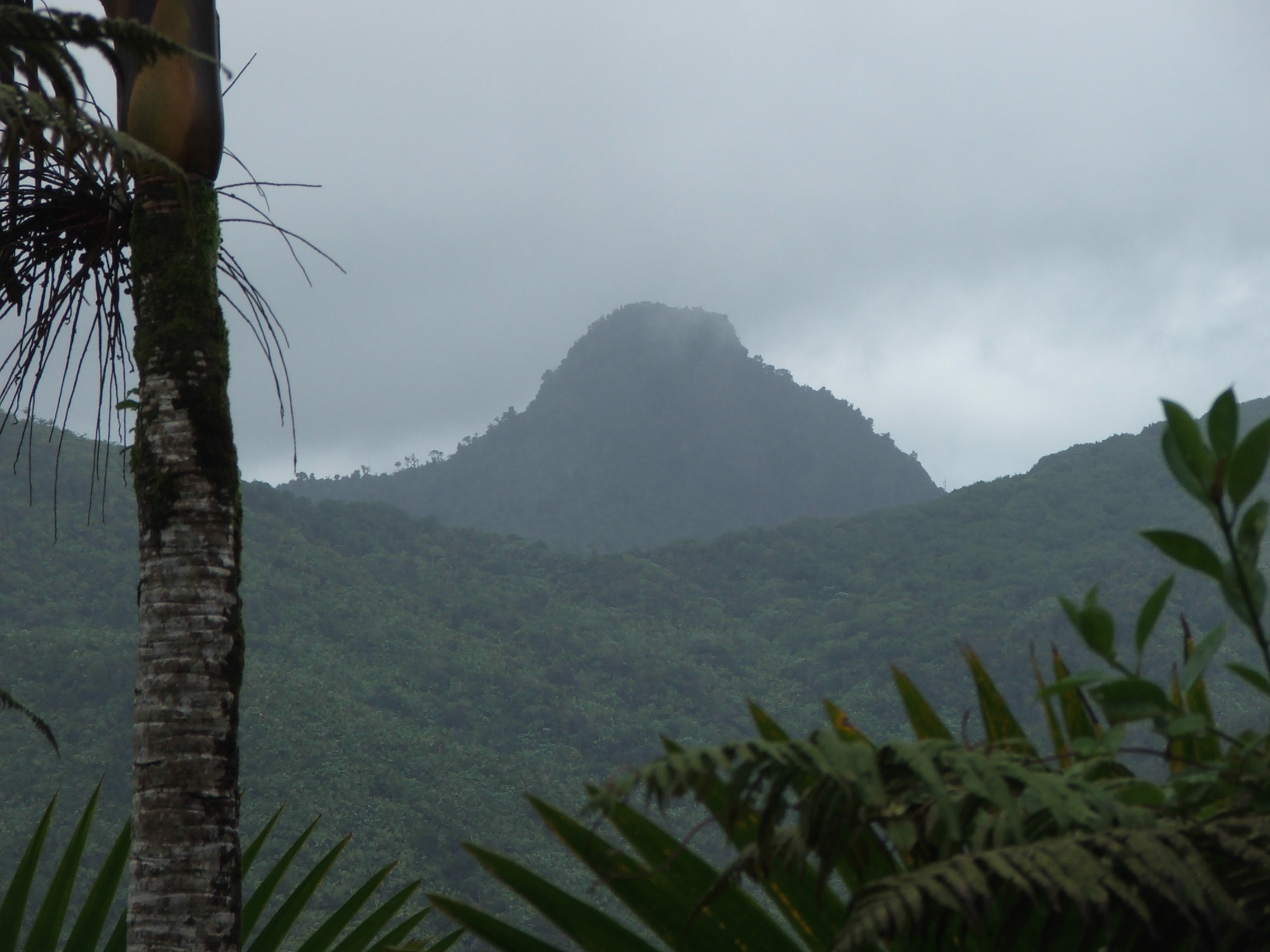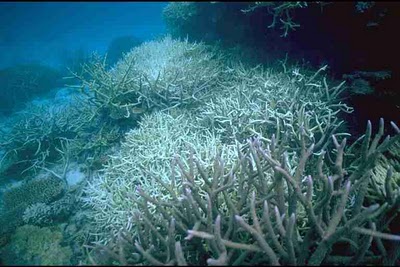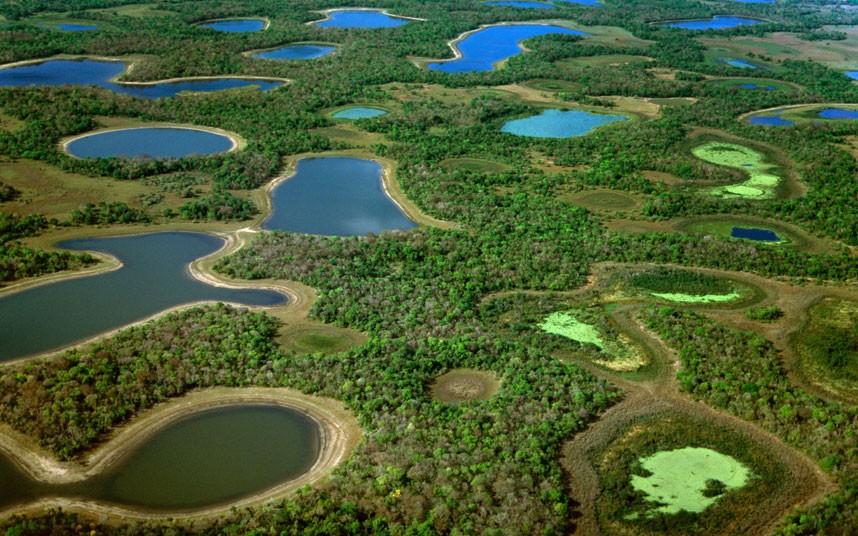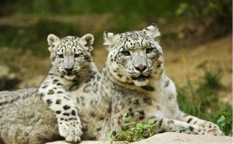After several Google searches and a few beers we decided on a trip to Puerto Rico to see the iconic Coqui frog. Neither Andy nor I had ever visited the Caribbean before; therefore, we had no preconceived notions of what to expect. We knew there would be beautiful beaches surrounded by sky-blue water and a rainforest, and that was good enough for us. As the plane touched down in Old San Juan we collected our bags and headed to the rental car counter. We learned a lesson from our recent trip to the South Pacific; pack light and pack …
El Yunque: In Search of Coqui





